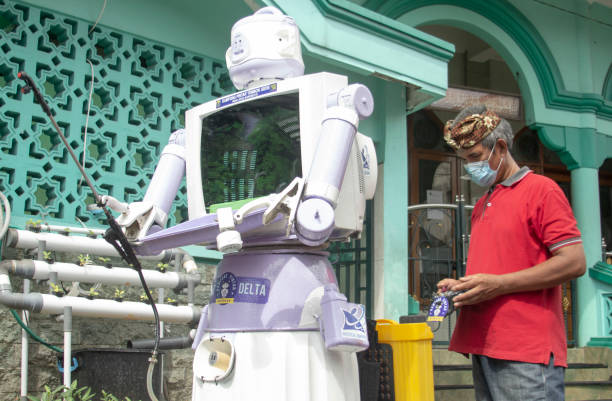Delta Robot And Its Industrial Applications

When it comes to classifications of industrial robots, Delta robot is a part of it. The robots classified under such category are referred to as parallel robots.
They consist of three arms connected to universal joints at the base. Parallelograms had been a method of design for such robots, such that uniformity and repetition of tasks are common features found in them.
With the parallelograms, the arms seem to be in parallel order and maintain the orientation of the end effector. However, platforms such as the Stewart platform can change the orientation of the end effectors.
So far, the robot had been rated high in terms of industrial applications for uniform but simple operations such as; picking and dropping operation, tightening and loosening operation, and some portions of assembling operations in the factory.
Some giant factory robots have small units in them as delta robots operating a repeating action of a task.
Because of the quiet operation of the Delta robots, some factories prefer having sets of such robot for different tasks in the factory than one giant robot with complex task functionalities.
At average speed, a Delta robot meant for pick and drop operation can transfer over 300 items within a minute while still at its stationary position.
THE DESIGN AND FEATURES OF DELTA ROBOTS

When it comes to the history of robots development, the parallel robots known as the Delta robots were the first sets to be invented because of the few degrees of freedom and movement available for the arms.
Such robots were made to perform specific and simple tasks, such as lifting and lowering of load, opening, and closing of taps, etc. however, the modern robots of such category had exceeded the early invention leading to what we now call the “complex machines”.
No matter how simple a robot’s task may be, such will still be regarded as a complex machine because of the complexity involved in the making and programming of such machine. Modern parallel robots are more efficient, faster, durable, and less power consuming, etc.
When it comes to features, the Delta robots are parallel design-based-robots that usually contain multiple kinematic chains connecting the base with the end-effector. Such robots can also be said to be the spatial generalization of a four-bar linkage.
The concept in their design will restrict the movement of the end platform to pure translation, i.e. only movement in the X, Y or Z direction with no rotation.
In most design, the base is mounted above the workspace and all the actuators are located on it and from the base, three middle jointed arms are extended with the ends connected to a small triangular platform.
Activating the power system of such an arrangement will move the triangular platform along the X, Y, or Z direction and such could be done with linear or rotational actuators, with or without a direct drive.

Based on such a design, the actuators could be located at the base and the arms can be made of a light composite material.
The material used in the making of arms helps the robot’s movement and speed control system, though Delta parallel robots are known generally for their low air resistance known as low inertia.
Light and strong material will aid speed operation and higher acceleration when putting into use.
Another advantage of the design is that all the arms connected together to the end-effector will increase the stiffness of the rigid joints to make the robot stronger, however, some experts do claim that such would reduce the robot’s working volume.
Based on the improvement in technology, modern parallel robots have more than six degrees of freedom and could perform complex but uniform tasks repeatedly with speed and accuracy. Such feature has placed the robots as the most sort after in the modern industrial robots.
Research showed that majority of the Delta parallel robots make use of rotary actuators. However, vertical actuators have been used recently to produce a novel design of the 3D printer.
And such has offered advantages over the conventional lead screw-based 3D printers of quicker access to a larger build volume for a comparable investment in hardware.

Besides industrial applications, modern delta robots have extended their application to other areas such as hospitals as surgery robots,
marketing as vending robots,
domestic robots as in the floor cleaning robot & plate washing robot,
warehouses as loading and offloading robots,
and in military as fire-armed robots and detonators,
among other areas of its applications.
